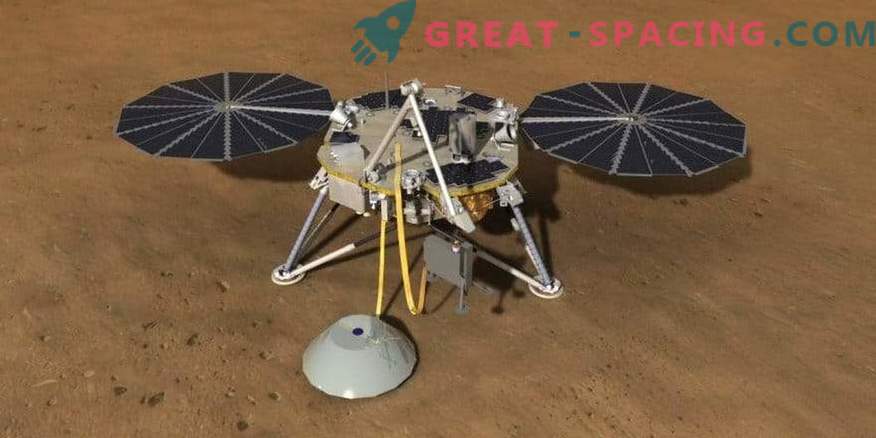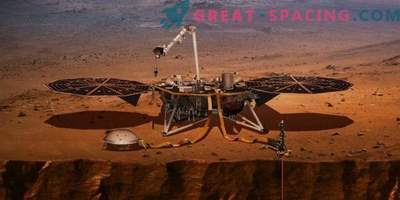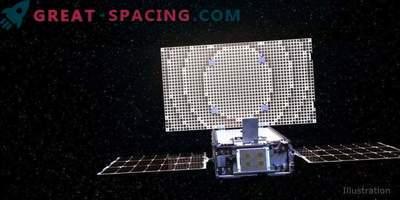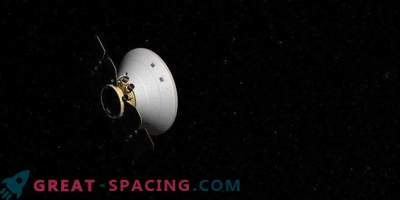
Artistic vision of the InSight landing pad
More recently, the InSight mission from Cape Canaveral was launched on the Red Planet. The launch was successful and the device moves to the goal, but the team does not allow itself to relax. All this time, scientists will be preparing to dive into the Martian atmosphere and landing. Experts at the NASA Langley Research Center create computer models that the InSight team will use when entering, descending and landing on Mars.
From early missions like the Viking in 1976, Langley has played a major role in creating simulations. This work continues today, including the largest scientific laboratory of Mars and the Phoenix mission. It is important to understand that a safe landing in a foreign world is a difficult task. Therefore, scientists are trying to predict all the options and solve problems in advance.
Researchers from Langley are experts in the field of entry, descent and landing modeling, starting with the Viking mission in 1976
The team tries to explore the maximum number of scenarios using unique simulations, first created in the 1960s. and updated with the experience gained. During the 6-month flight of InSight, researchers will receive new data that adds unknown positions to the calculations. It will be possible to make adjustments to the flight trajectory and software, starting about a month after launch, up to the entrance to the Martian atmosphere. The descent to the Red Planet is scheduled for November 26, 2018. The team will monitor all operations during the landing period. The model is activated at an altitude of 80 miles and stops after 6 minutes. This operation will resemble the landing process of the Phoenix. But InSight will enter at a higher speed and is more massive. It will also start landing at a higher level, so there will be less atmosphere for braking, and the selected landing area will be subject to dust storms.

Researchers Carly Zumwalt, Rob Maddock and Daniel Lytton compiled thousands of lines of code and used models trying to explore many different entry, descent and landing scenarios for Mars for the InSight vehicle
But this work is not finished. After landing, the researchers will collect all the data and enter them into the simulation to create a more accurate model for further missions. The InSight project aims to study the seismology, geodesy and heat exchange of Mars.











































